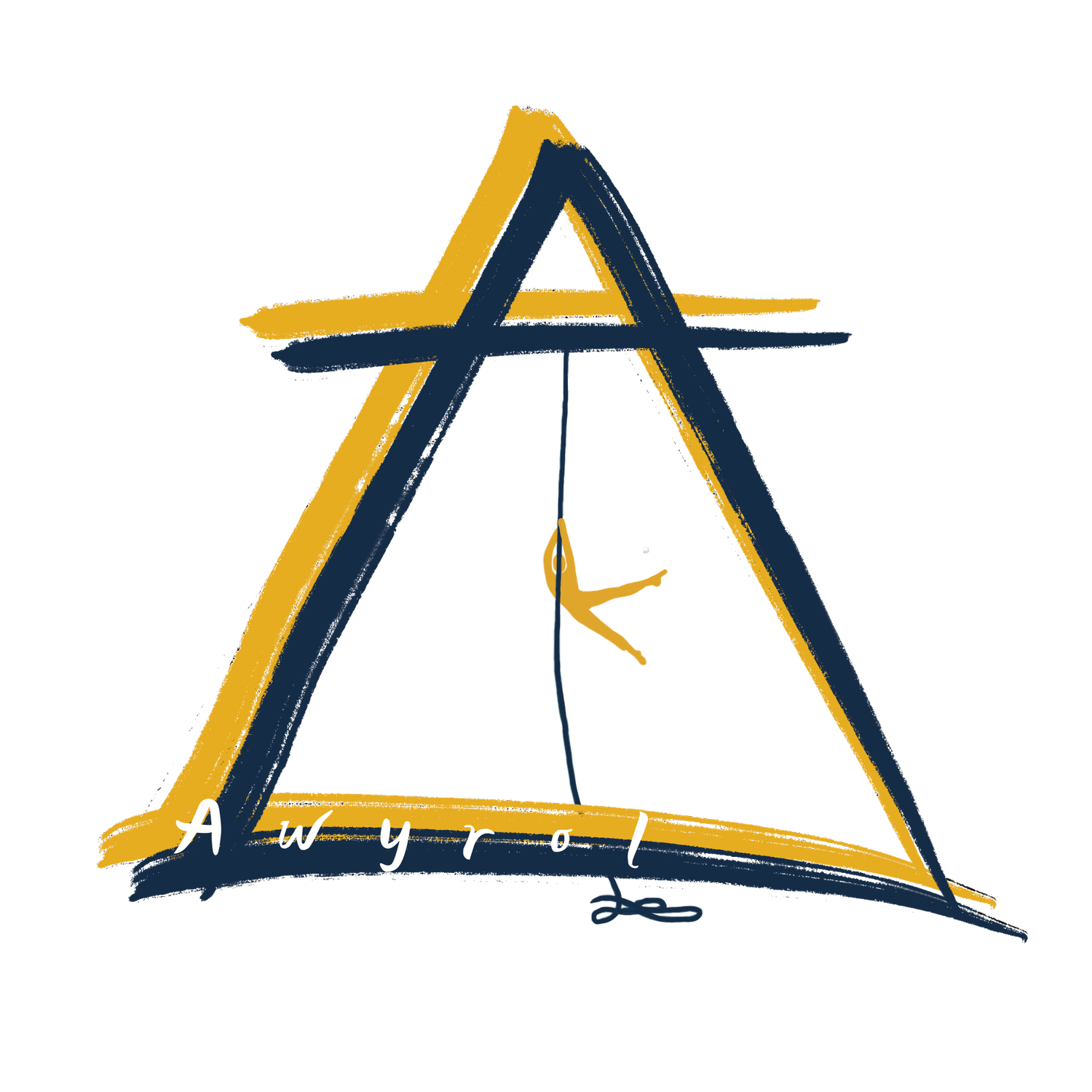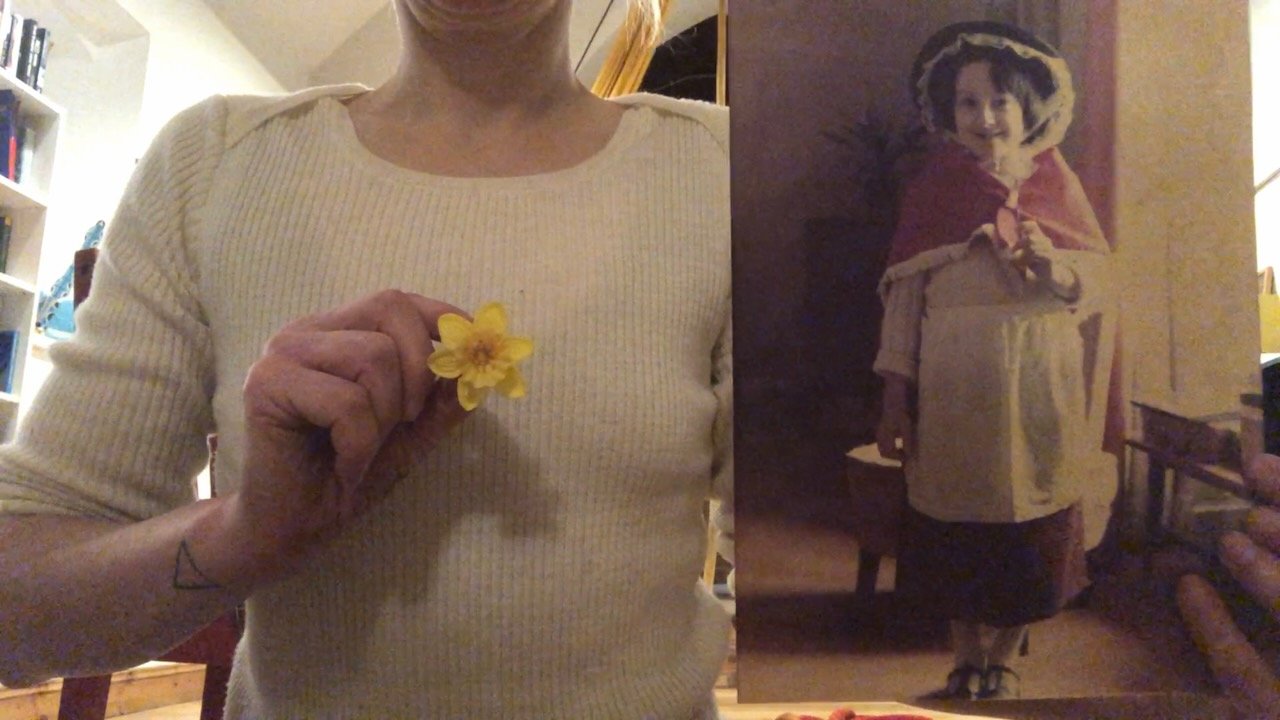Daffodils & sequins
On the small or overlooked things that scaffold & support our aerial practice.
I’m writing this February blog on the last day of the month. (I have a problem with writing deadlines. That second PhD definitely sent me over the edge and now I have a phobia of (specifically) writing deadlines that perversely manifests as getting as close to them as possible. It’s like that odd compulsion to stand near the edge of a cliff and stare down in horror.)
Tomorrow, 1 March, is Dydd Gŵyl Dewi - St David’s Day. Dewi Sant (Saint David) is the patron saint of Wales, and so 1 March is where we celebrate all things Welsh - the language (of course), the songs, the traditions, the landscape, the foods… Most of us who grew up in Wales will almost certainly have been sent to primary school dressed in traditional Welsh costume on this day, clutching a daffodil or a leek. (The first person to eat a whole leek raw was an actual competition at our school eisteddfod which took place on 1 March. )
So what is the relevance of this to aerial circus? As you can imagine, Dewi Sant said some wise things, perhaps the most famous being his purported last words: ‘gwnewch y pethau bychain’ which translates as ‘do the little things’. It could (and has) been interpreted in many nuanced ways, but the most common interpretation is that good can come from giving attention to small, perhaps seemingly insignificant, actions. Yes, maintaining bigger picture awareness will always be important. But I find it reassuring to think that doing the small things within our capacity can be cumulatively very powerful (in life, art, activism and circus).
I think in a discipline like aerial circus that is historically grounded in spectacle, that little things could tend to get obscured behind the big tricks, splits and sequins. But what are the ‘little things’ in an aerial circus context anyway? And how do you ‘do’ them? That answer will be different for everyone but I’ve taken a microscope to my own practice to root out the small actions that I know make a big difference. How many of these are part of your practice too?
actively celebrating any incremental change/progress in a skill as success, not only ‘finally nailing it’
noticing & releasing tension where it’s unhelpful or unnecessary - am I holding in my jaw/neck/glutes/traps when I don’t need to?
consistently committing to all the physio & prehab exercises that keep my body as healthy and circus-ready as possible
sleep, sleep, sleep & nutrition
prioritising good body work & coaching & programming - you can’t mentor yourself & it’s easy to get lost without the insight of others
giving time to strengthening the stabliliser muscles responsible for accessory movements as well as the big movers and shakers of physiologic (gross) movements (see good coaching & programming above!)
learning differently nuanced variations of a skill to offer me more movement possibilities and variability to my training (see good coaching & programming above!)
noticing and listening to what my body is telling me - am I tired? am I stressed? should I even be training today? should I scale it back? do I need to go for a walk instead?
monitoring my HRV (in case the ‘noticing’ isn’t always working properly!)
being part of a community of circus folks who I know are ethically & ideologically aligned
managing my coaching, travel, training space and everyday life to minimise my environmental impact
getting outdoors & giving myself some (literal) perspective
{And it most definitely isn’t pointing toes, obsessing over small technical details, micromanaging microbends or performing perfectionism!}

